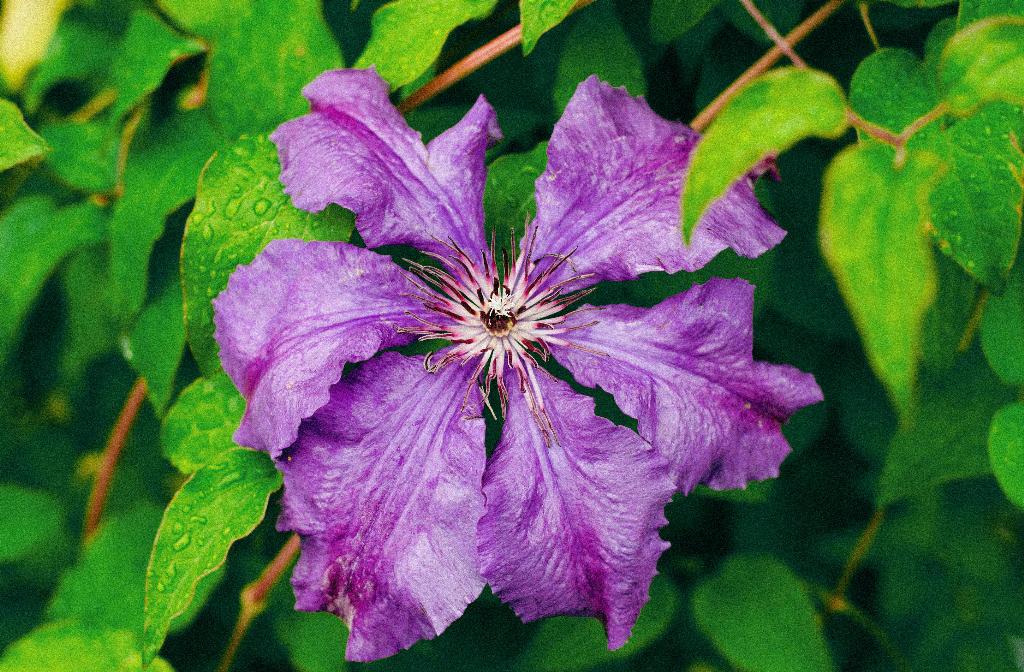When it comes to your furry feline friends, ensuring their safety around plants and flowers is crucial. One common plant found in many gardens is the Clematis, known for its beautiful array of colorful blooms. However, as much as we love their aesthetic appeal, it’s important to understand the potential risks they pose to our beloved cats.
The answer to the question, “Are Clematis Poisonous To Cats?” is a resounding yes. While these gorgeous vines may enhance the visual appeal of your outdoor space, their roots, leaves, and stems contain an irritant glycoside known as anemonin. This toxic compound can lead to various adverse health effects in cats if ingested.
One of the primary concerns associated with Clematis toxicity in cats is gastrointestinal distress. Symptoms such as diarrhea, hypersalivation, purging, and vomiting may manifest if a feline comes into contact with any part of the plant. These effects can be distressing for both the cat and the owner, highlighting the importance of being vigilant about the flora in your garden.
In addition to gastrointestinal issues, Clematis poisoning can also result in weakness and lethargy in cats. The toxins present in the plant can have a systemic impact on the feline’s body, leading to a decrease in energy levels and overall vitality. Recognizing these signs early on is crucial in seeking timely veterinary assistance.
It’s essential for cat owners to be aware of the potential dangers posed by plants like Clematis and take proactive measures to safeguard their pets. This includes identifying all toxic plants in your surroundings, ensuring they are out of reach of curious felines, and being knowledgeable about the symptoms of poisoning to act swiftly in case of an emergency.
While Clematis may be a beloved addition to many gardens, pet safety should always be a top priority. Educating yourself on the risks associated with certain plants and taking the necessary precautions can help create a secure environment for your furry companions to thrive in.
If you suspect that your cat has ingested any part of a Clematis plant or is displaying symptoms of poisoning, seek immediate veterinary attention. Prompt medical intervention can make a significant difference in the outcome and aid in the swift recovery of your pet.
Remember, prevention is key when it comes to protecting your cats from potential hazards in their environment. By staying informed, vigilant, and proactive, you can create a safe and nurturing space for your beloved feline companions to enjoy without any risks to their well-being.
In conclusion, while Clematis may be a stunning ornamental plant, its toxicity to cats cannot be ignored. Understanding the dangers associated with this flora and taking steps to mitigate risks are essential aspects of responsible pet ownership. By prioritizing your cat’s health and safety, you can ensure that they live a happy and healthy life free from the perils of toxic plants like Clematis.
Ensure you conduct thorough research on plants before introducing them into your home or garden to prevent any potential harm to your pets. Your vigilant efforts will go a long way in creating a secure and pet-friendly environment for your beloved cats to explore and thrive in.

